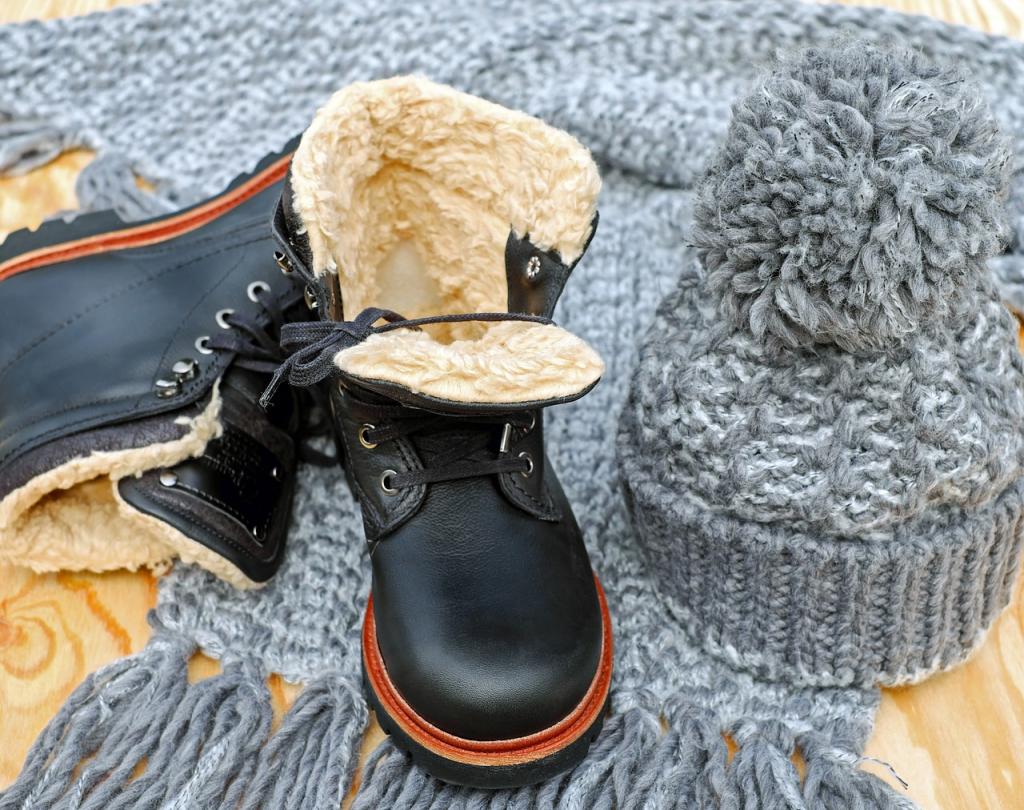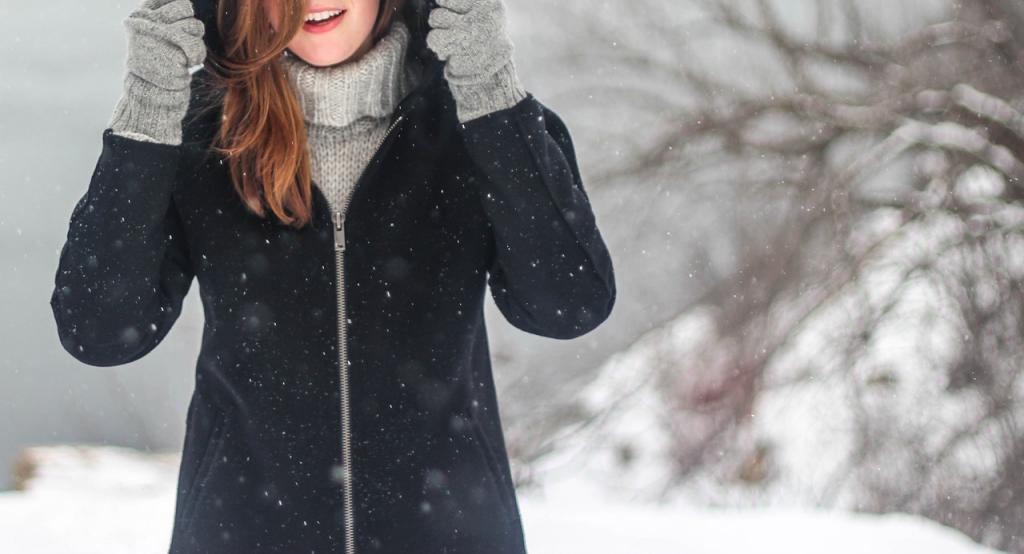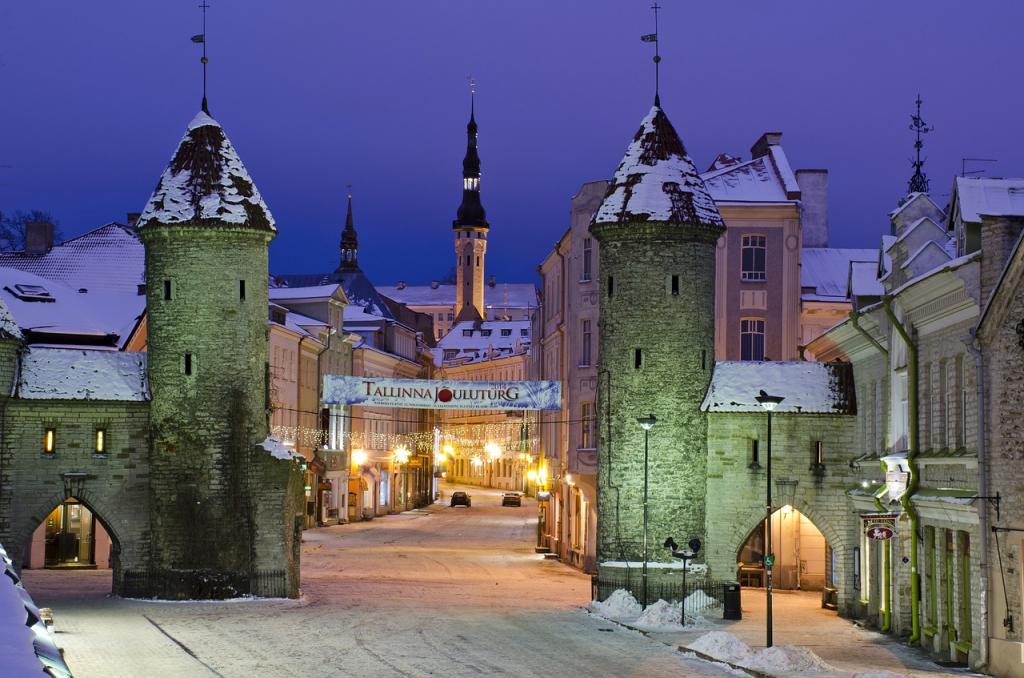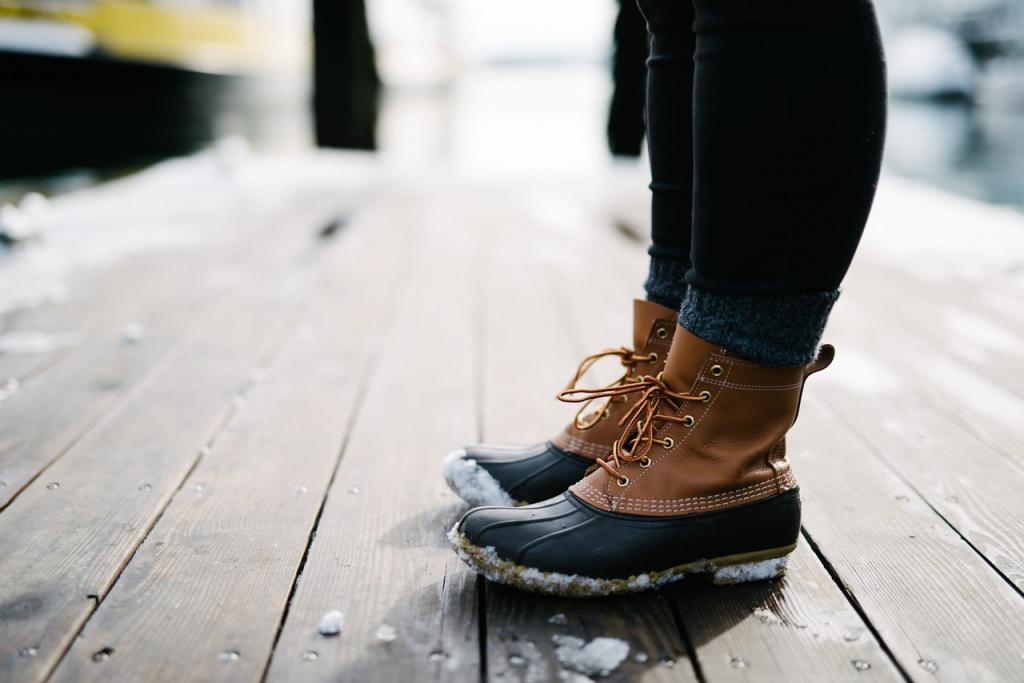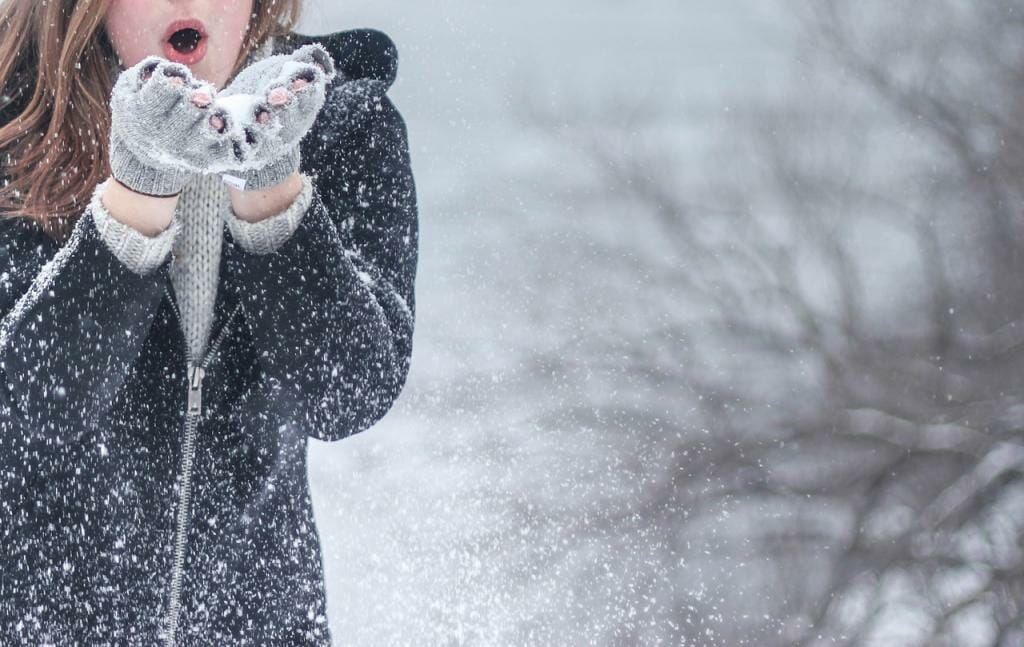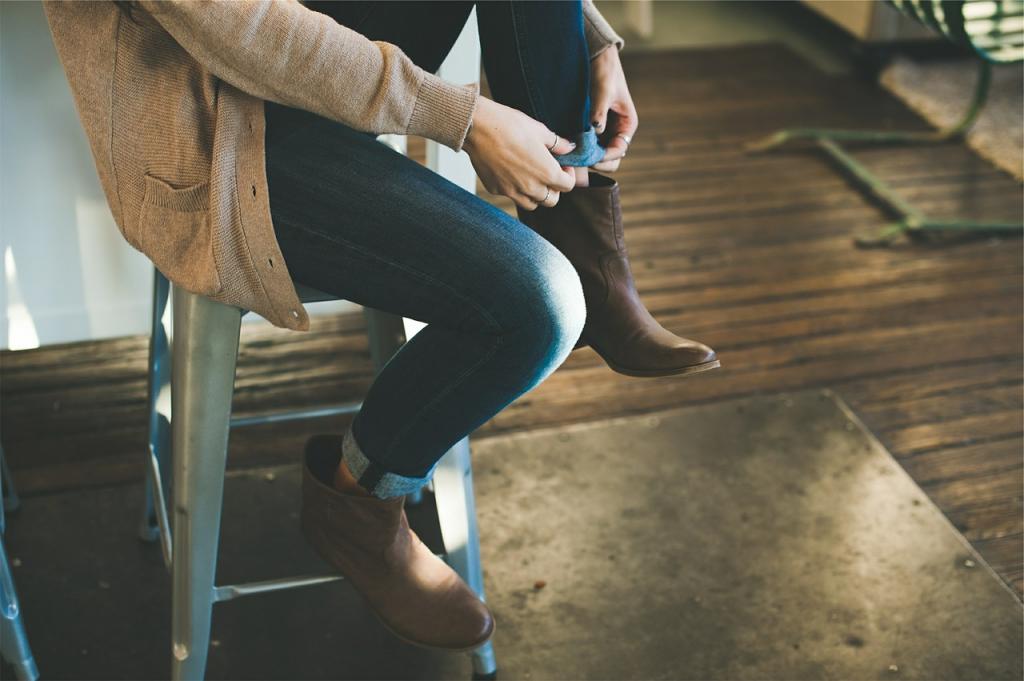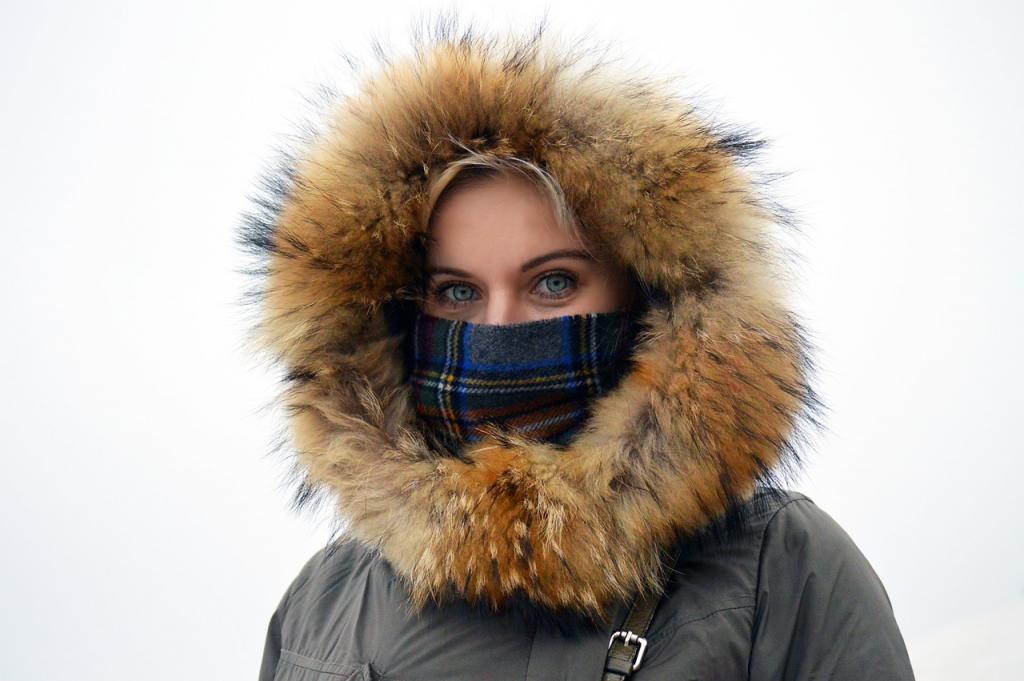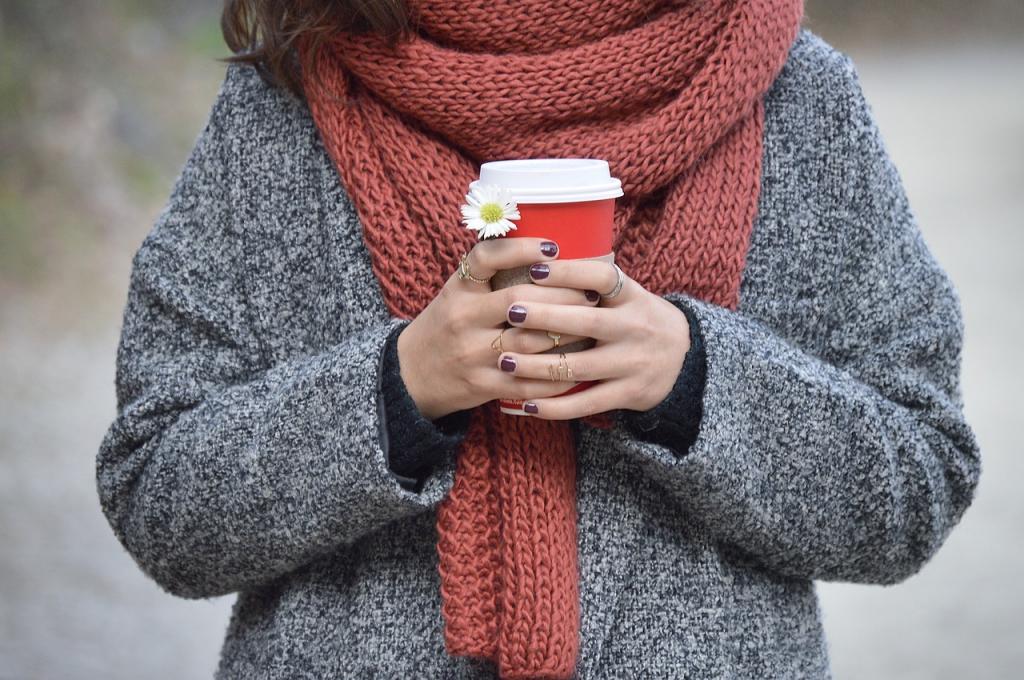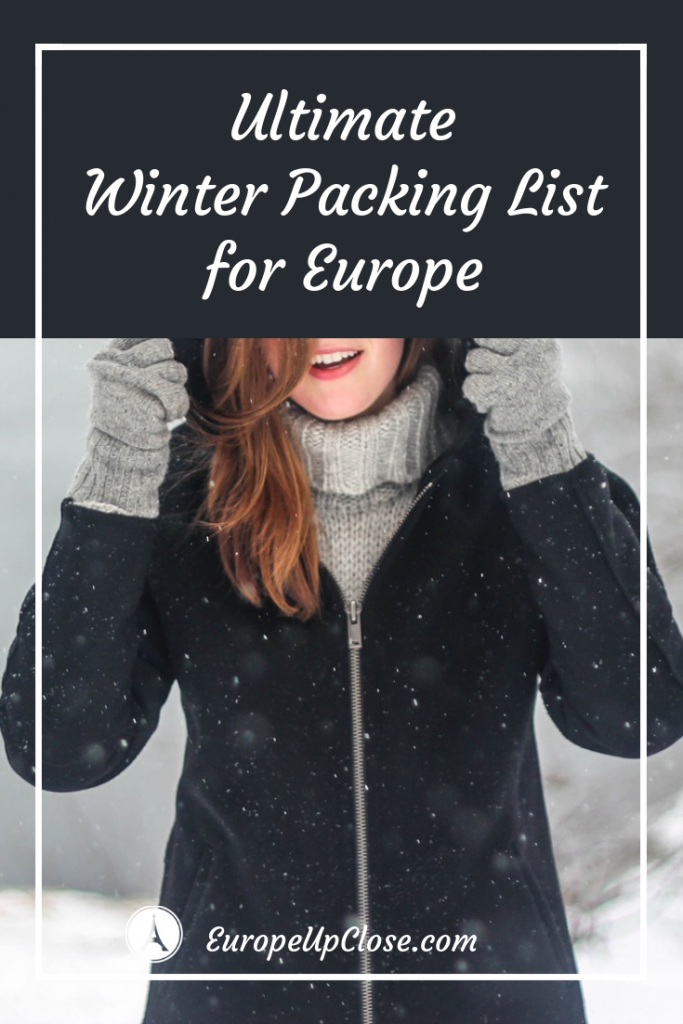The Ultimate Guide: Packing List For Europe Winter
Glittering icicles hang from the cathedrals of Florence. Powdery snow is dusted across the mountains of the Swiss Alps. Tiny cups of coffee are served in the cafes of Paris and Glühwein will warm you up at the Christmas Markets in Germany.
Europe in winter is an incredible place to be!
Before you hop across the pond, however, you should know that it can be tricky to pack for a winter trip to Europe. There’s a lot of misinformation out there, and the weather can be so chaotic and changeable that your wardrobe in one country might be entirely inappropriate for another. So we are sharing our tips and our Europe Winter Packing List with you to help you prepare for travelling in Europe in Winter.
So how should you pack for your upcoming trip? If you want a definitive list of packing tips for a wintertime Europe vacation, you’ll need the help of people who actually know what they’re talking about.
Fortunately, we’ve got you covered.
Packing List Europe Winter
Step One: Layer Everything
Layering is one of the great secrets of travel fashion. Instead of packing a dozen individual outfits, you can pack a few layering pieces that are easily customized depending on the mood or occasion. Not only will this encourage your creative side, but it will also result in stylish, one-of-a-kind ensembles that were made entirely by you.
Stay warm
Another nice thing about layering is that it can protect you in cold weather. If you’re wearing a cardigan over your button-up, you’ll be much warmer than wearing the cardigan alone. If you’re rocking thermal leggings under your trousers, you’re basically wearing double the pants and staying warm is almost guaranteed.
Pack small
Layering is also a nifty way to save on storage space in your luggage. You might be tempted to put a bunch of thick sweaters on your Winter Packing List Europe, but those will claim a ridiculous amount of room in your suitcase. In addition, you’ll probably only wear them once or twice, because washing and drying them is a big hassle while traveling. And when you go from outside into a restaurant, museum or café, you’ll sweat in front of the fireplace. When you are hot, you just take off your extra layers.
We don’t recommend them for your Europe winter packing list and suggest thinner cardigans to wear over your base layers. They pack small and you can take them off, when you go inside a museum, restaurant or café and you won’t sweat. And for even more space saving in your suitcase, we highly recommend packing cubes. We never travel without them anymore!
Wear your Favorites in a different way every day
When you weare a base layer, however, you can utilize your clothing for everyday use. You can wear your favorite layering pieces over and over again with different outfits and styles. And as you don’t sweat as much as in summer, you can wear your top layers several times. You can also fit a lot more into your luggage when you’re packing thinner layering pieces rather than thicker winter clothes.
All things considered, layering will be one of the best tools in your toolbox when it comes to packing for Europe in the winter. If you aren’t already familiar with the idea, look up some fashion-forward layering guides.
Here are some great layering pieces for your Winter Packing List Europe:
For men, because they tend to feel warmer and sweat more easily, we recommend moisture-wicking T-shirts under their button downs/polo shirts or light sweaters. Those tend to dry quickly, so if you want to give them a rinse in the sink, you can get away with only packing 2-3 of them.
Step Two: Wear Neutrals
“Neutral” doesn’t have to mean “boring,” especially when it comes to wintertime fashion. A black coat will make you stand out in a snow-white field. Navy shirts can be perfectly blended with gray thermals.
Neutrals are also very easy to mix and match. You don’t have to worry about your purse clashing with your shoes when they’re both in shades of beige. With a muted color palette, everything goes with everything. Here are some great tips on how not to look like a tourist in Europe in any season.
Another nice thing about neutral shades is that they’ll allow you to bundle up in cold weather without the fear that your outfit is too much. You can pile on an assortment of shirts, jackets, hats, gloves, and scarves, and as long as they’re in neutral, non-clashing colors, no one will bat an eye.
Last but not least, if you enjoy a bit of flair in your wardrobe, neutrals can be accessorized with colors that will absolutely pop against their calmer cousins. For example, if your outfit is mostly black and grey, a red hat will seem especially vivid on top of your head.
Here are 3 easy ways to pack a capsule wardrobe that mixes well:
- Either black or blue: don’t bring both, because you can’t wear those two colors together
- Avoid strong patterns, even if the colors are muted.
- Plan ahead and see how many outfits you can create with each item. If an item does not mix well with the others, leave it at home.
Don’t be afraid of neutral colors during your trip to Europe. They’re only “dull” to people who don’t know how to use them. Add some pop of color with a colorful scarf or purse, which will look great on a black or navy jacket. With a little imagination, you can create a travel wardrobe that will look great in all of your commemorative photos.
Step Three: Understand the Weather
The first thing to know about European winters is that they’re very unpredictable. It can be sleeting one day and sunshine on the next.
If you’re visiting multiple destinations, you should also be aware that conditions can change quite rapidly as you move across the borders of Europe. Even though it’s 13°C (55°F) in Greece, it might be -3°C (26°F) in Ukraine. Even though it’s cold and wet in Iceland, it might be dry and brittle in Denmark.
The good news is that you can still prepare for European winters by doing your research on the general climates of specific areas. While you shouldn’t take this information as gospel, it can give you a broad idea about what’s appropriate to pack.
Click here for easy conversion between °C and °F.
Western Europe
Western Europe includes the countries of France, Germany, Austria, Belgium, Luxemburg, and the Netherlands. Temperatures run an average of 0°C – 5°C (32°F – 41°F) between the months of December and March, and conditions are generally wet and snowy. Belgium, in particular, is nicknamed “The Kingdom of Rains,” so pack waterproof snow boots and hooded jackets to prepare for drizzles and slush.
Southern Europe
Southern Europe is comprised of countries like Croatia, Spain, the Southern Balkans, Greece, Italy, Malta, and Portugal. It’s one of the warmest parts of Europe in the wintertime thanks to its proximity to the Mediterranean coast. Temperatures can get as high as 15°C (59°F), and while that’s not quite bikini weather, you might be able to bare your shoulders at a beach resort.
Eastern Europe
Eastern Europe is comprised of countries like Hungary, Romania, Ukraine, Belarus, Russia, Poland, Bulgaria, and the Czech Republic. Depending on the location, it can get quite cold; temperatures can hit average lows of -5°C(23°F) or -10°C(14°F), but in Russia and the most eastern European countries, it can go below -25°C (-13°F). The reason for the chill is mostly because of the winds coming down from the mountains that border Russia. You’ll definitely want a thick, wind-resistant coat and pack warmer layers the further East you go.
Northern Europe
Northern Europe includes countries like Iceland, Sweden, Norway, Finland, Ireland, the UK, Estonia, Latvia, and Lithuania. It’s extremely cold in the winter, so pack plenty of layers. You don’t want to be caught with tank tops in Nordic countries. While general temperatures hover around 0°C – 5°C (32-41°F), it’s not uncommon for them to dip as low as -20°C (-4°F). You should definitely pack several long sleeve undershirts, thermal leggings, and a thick winter coat.
Step Four: Determine Your Winter Packing List Europe
4 long sleeve shirts for women or 4 moisture-wicking T-shirts for men
2 tops/blouses

1 vest either down or fleece for women or this one for men
1-2 elegant thin sweater
1 fleece sweater for women or for men
3 Thermal Leggins for women or tights for men
2 pants/jeans
1 dress (optional)
1 pair of boots/water resistant for women and for men
1 pair of sneakers for women and for men
1 pair of flipflops
Socks + underwear
Try to pack enough clothes so you don’t have to do laundry more than 1 time per week to 10 days. You can either rinse your clothes in the sink, use your hotel’s laundry option or find one nearby or stay at a vacation rental with a washing machine. Note that most vacation rentals in Europe don’t have a dryer, but provide a clothes rack for drying. Just plan your timing accordingly.
Best Boots and Footwear for Europe in Winter
Waterproof boots
A good pair of traveling boots will have a tough exterior and a soft interior. For example, they might have cushioned insoles or fleece linings to keep your feet nice and toasty, but the outsoles should be made of something double-stitched or oil-finished to wick away mud, snow, and slush. Make sure that you buy them at least a few weeks before your trip, so you can break them in and they are comfortable when you log many miles in them during your Europe winter trip. Wear your heavy winter boots on the plane, to help you pack light and not pay extra luggage costs.
Our recommendation >> water resistant Boots for women and for men
Comfortable sneakers
If you plan on traveling in icy countries, look for sneakers with grooves or cleats on the bottom to provide traction. There are also sneakers made with heavier-than-usual materials like corduroy, tartan and waterproof suede to offer insulating properties. Avoid sneakers made of “light” or “breathable” materials like mesh. Those are fine for summer, but in the winter, they’ll just invite frostbite.
Our recommendation >> Winter sneakers for women and for men
Merino wool socks
Though it’s a bit pricier than other materials, merino wool offers the best value for the money. Not only is it soft and warm, but its fibers are woven together in a way that traps heat. Merino wool socks will be perfect for hiking, skiing, snowshoeing or participating in other outdoor winter activities. You’ll also enjoy them on the plush carpeted floors of your hotel!
Our recommendation >> Merino Wool Socks for Her and for Him
Thin cotton/regular socks
What about those days when you’re just exploring cool European cities without the need for extreme temperature control? Make sure to pack some regular cotton or nylon socks. You might also want to pack socks of various heights; boots will require crew socks, but other types of shoes might look best with quarter or even ankle socks. Just be careful with the latter since they aren’t very warm.
What to wear in Europe in Winter – Base Layers
Thermal leggings
Thermal leggings have insulating fabrics or weaves that generate warmth more efficiently than regular leggings. Some are thin enough to be worn like long underwear beneath jeans and skirts; others are thicker, bulkier and practically pants.
It’ll be up to you to decide the right type of leggings for your trip, but keep in mind that thermal leggings might not fit the way that you’re used to, so you might want to “practice” wearing them before you’re stuck with them on a 12-hour flight.
Our recommendation >> Thermal leggings for her and for him
Long-sleeve thermal undershirt
This is for the bitterly cold days. With long sleeves and thermal materials, you’ll keep your entire upper body enclosed in a protective barrier. Just make sure that you choose a fabric that also comes with odor control; you don’t want your sweat to be trapped with you, too.
Our recommendation >> long sleeve shirts for women
Short-sleeve thermal undershirt
For windy days when you want an extra layer but don’t need to completely bundle up, pack a short-sleeve undershirt. It will keep your core warm, but it won’t stifle you with excessive coverage. Short-sleeve undershirts are also good for layering, and as we’ve already pointed out, layering will be your best friend while you’re abroad.
Our recommendation: moisture-wicking T-shirts for men
Underwear
It might be tempting to pack an entire mountain of clean underwear, but 7-10 pairs should be enough for even extended travels. As long as you have access to a washing machine, 7-10 pairs will let you get through some extended periods and you don’t have to do laundry every few days.
As for the type of underwear to pack, consider the clothes that you’ve already laid out. How many outfits would be ruined by visible panty lines? How many will keep you warm even if you’re wearing skimpy lingerie underneath them? How many outfits need to be paired with long underwear? I also suggest that you bring underwear you have had for a while. Don’t try anything new that might not be as comfortable as you hoped.
Bras
In the same vein as the above, having two bras will allow you to switch them out without needing to do laundry for a while. You might also want to pack two different kinds of bras for maximum versatility.
For example, one bra might have an underwire while the other doesn’t. Or maybe one bra can be a half-cup or demi-cup while the other has full-cup support. You’ll cover all of your bases when you pack bras that can suit multiple outfits and occasions.
Regardless of what you choose, however, make sure that you’re figuring out all of your fits and measurements before you go. You don’t want to wind up bra shopping in the Christmas markets of Germany!
Top Layer
Thermal fleece sweater
Fleece is one of the most convenient fabrics for travelers. It’s lightweight, quick-drying and machine washable, so it’ll never be a hassle to deal with during your vacation. It also retains its insulating properties even while wet, so it doesn’t matter if you get caught in an unexpected snowfall. Here’s a great fleece sweater from L.L.Bean that will keep you cozy despite the harshness of European winters.
Our recommendations: fleece sweater for women or for men
Dressy sweater
This cashmere sweater from Nordstrom hits just the right balance between formal and comfortable. It won’t look out of place in an upscale restaurant, but it can still be rolled into your luggage without any special effort. You never know when you’ll get invited to a nice dinner, so it pays to be prepared.
Thin cardigan
Note the word “thin.” A thick cardigan is going to take up unnecessary space in your luggage, and if you’re layering right, you won’t even need it. Opt for a more lightweight cardigan made of cotton or a poly blend. There are endless ways to style them, so you won’t run out of outfit ideas any time soon.
Recommendation >> Cardigans for her
Jeans or pants
Jeans were designed for travel: They’re rugged, durable and ready for anything. They also come in so many varieties that it’s almost dizzying. From straight-leg boot cuts to flared cuffs paired with low-ride waists, you’ll have your pick of the litter.
If you’re worried about dampness in the snow, however, you might want to look for jeans made with a spandex or elastane blend. You don’t have to buy outright skinny jeans; there are stretchy denim blends that will cling a little more than usual without being totally restrictive. Since they’re also more flexible than traditional jeans, you’ll be better equipped to avoid the puddles on the ground.
Nice sweater dress (optional)
Sweater dresses are an excellent choice for winter fashion. They can be worn with everything from leggings to knee-high boots, and they can be designed with everything from turtlenecks to cowl necks.
They can also be dressed up or down depending on the weather outside. If it’s freezing in Finland, wear your sweater dress with a scarf and overcoat. If it’s only lightly snowing in the UK, wear your sweater dress with a simple pair of tights.
There are many different ways to wear a sweater dress. Don’t be afraid to experiment a little.
Swimwear
Check if your hotels have a pool or spa and if they do, don’t forget your swimwear!
Ski Gear
We wrote a full guide on the top ski gear and accessories that you should not forget to pack when you head out to hit the slopes. Here is our ultimate Ski Trip Packing List.
Best Winter Coat for Europe – Waterproof & Breathable
You don’t need dozens of winter coats for European travel. In fact, if you’re careful about climates, you can get away with packing, wearing, storing and dry-cleaning just one winter coat for the entirety winter season. Make sure it is at least water resistant and has a hoody. It will keep the costs down to invest in one good winter coat than several cheap ones.
For very cold climates (-5°C or lower): Buy a long down coat or puffer coat. Make sure that it has quilted linings, fur/fleece trimmings or down-filled insulation. You’ll want it to cover your neck to your knees.
Our recommendations >> Heavy Winter coat for her and for him
For moderately cold climates (-5°C – +5°C): Consider an insulated jacket. The best ones will be made with authentic goose down, but you can also find them with synthetic fibers and fillings.
Our recommendations >> Winter Jacket for her and for him
For slightly cold climates (5°C – +15°C): Get a thinner jacket. For your sightseeing activities, you’ll want something with good wind resistance and a water-resistant coating.
Our recommendations >> Thin Jacket for her and for him
For warm climates (15°C or higher): You don’t really need more than a rain jacket. Look for something made with a waterproof nylon material and built-in ventilation system. Don’t forget the hood! You have to protect your hair on drizzly days and umbrellas are a pain, when you try to take photos, handle an audio guide or a map!
Our recommendations >> Thin Jacket for her and for him
Accessories
Scarves
Two scarves should be enough to get you through your vacation, especially if you pack different kinds. For example, one might be a warm winter scarf with a cable-knit design in wool, chenille or gingham. Or maybe a blanket scarf that has been so trendy in the past few years? The other can be a light, gauzy scarf meant for warmer days, like this Pop Fashion piece with a bold print and hidden zipper pocket.
Hat
The most common winter hats are cozy beanies or cute earflap hats, but there are many others on the market as well. A ski cap with a visor can protect your eyes from sun glares off the snow, and fur-lined bucket hats will make you seem right at home at European ski resorts.
Mittens or Gloves
Your ideal type of mittens will depend on the activities that you’re pursuing during your vacation. A soft, fuzzy pair is fine for everyday use, but if you’ll be spending a lot of time on the slopes, you might prefer tough polyester mittens with wind- and water-resistant properties.
Sunglasses
You won’t get a lot of daylight hours in certain parts of Europe during the winter. Thanks to the lower position of the sun, however, you’ll be exposed to even more UV rays than usual. Protect your eyes with a pair of polarized sunglasses that will prevent vision loss while also looking nice and stylish.
Assorted jewelry
You don’t have to walk around with bare wrists and bare ears. Just avoid your usual metal jewelry so that it won’t freeze against your skin, and don’t wear anything dangly so that it can’t get caught in your woven fabrics. Look into things like flat rings, fabric chokers, leather wristbands and stud earrings. They’re great examples of winter jewelry that can accessorize and not terrorize.
Slash-proof purse or backpack
Europe is a generally safe place, but it has thieves and pickpockets just like anywhere else in the world. You’ll need to protect yourself by investing in a slash-proof bag.
For example, this ultra-safe backpack has lockable zippers, no-cut materials and RFID protection in its pockets. Another option is this over-the-shoulder travel purse by Travelon that boasts stainless steel wire mesh to prevent slash-and-grab thefts.
Be careful with your belongings during your trip to Europe, especially since it’s easy to lose track of the little things when you’re stuffed inside a parka with mittens and muffs blocking your lines of sight.
Step Five: Have Fun
Last but certainly not least, don’t forget to enjoy yourself! It might be a bit of a process to pack for Europe in the winter, but if you take care of everything before you go, you’ll be free to have fun once you’re overseas.
Remember your layers. Remember your neutral colors. Remember to pack appropriately for the specific weather that you’ll be facing at your destination.
These are our top packing tips for a wintertime trip to Europe, and if you follow them closely, your wardrobe should be fashionable and functional!
Ultimate Winter Packing List Europe – Pin for later:
Packing List for Europe Winter:

